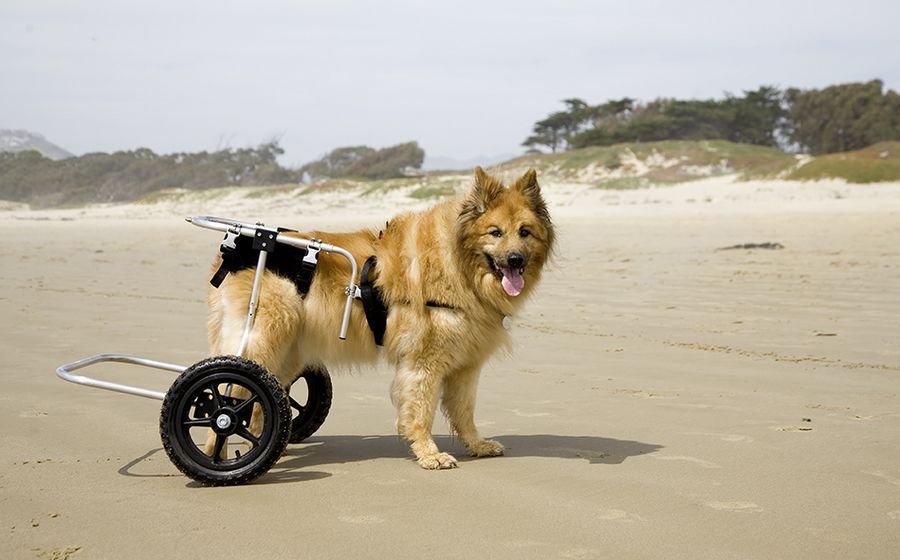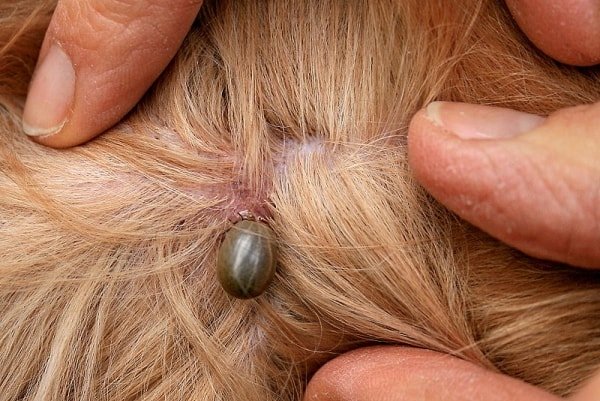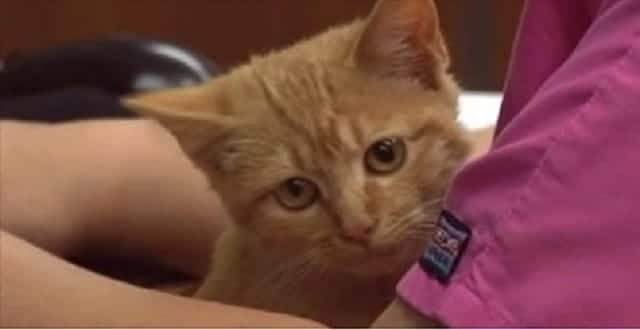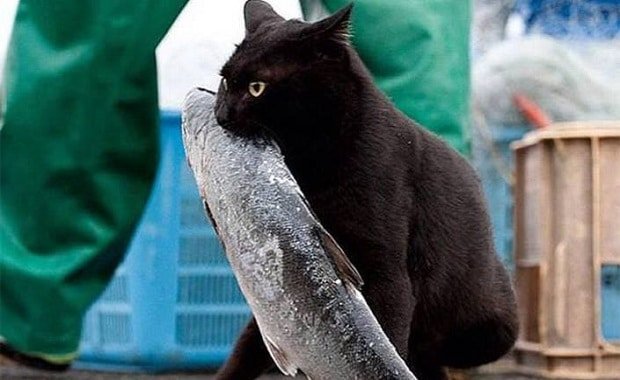As each and every season changes, so do the issues your pet can face. In the summertime, the heat and parasites are the main problems for your little fur ball, but autumn brings other dangers.
Here we explore 4 of the most common problems so that you can protect your four-legged friends this autumn.
1. Ringworm
Ringworm is a type of fungal infection which feeds on keratin (a substance found in human hair and animal fur), develops on the skin and leaves ring-shaped patches. It’s a very contagious illness for both animals and humans, but is luckily not dangerous – only uncomfortable.
Ringworm is caught through contact with infected animals and through spores in the air. It can be easily spotted by a vet, but treatment may take several weeks.
If you think your pet may be infected with ringworm, you should take them to a veterinarian immediately, so that they could be treated and cured as soon as possible.
2. Osteoarthritis
Because of the humidity and falling temperature, our four-legged buddies can start to show signs of joint problems in autumn. Experts currently estimate the 1 in 5 dogs are affected by Osteoarthritis.
The symptoms are thankfully quite easy to spot: difficulty walking or getting to their feet, limping and difficulty using the stairs, among other things. Although there isn’t any specific cure for Osteoarthritis, there are plenty of treatments and things you can do to make sure that your pet is in as little pain as possible, as well as improve their quality of life.
3. Ticks
Just as in spring, in autumn forests and woodland can be filled with nasty bugs and parasites which would love to hitch a ride with your pet. As well as being horrendously itchy, ticks can also carry some dangerous diseases.
There are various ways you can get rid of ticks, although you must never try to just pull it out as that can leave the head under your pet’s skin.
4. Hairballs
Both cats and dogs may grow a winter coat to help them cope with colder weather. However, this practical trick can also have unforeseen consequences.
As cats and dogs use their tongues to clean and bathe themselves, this can actually lead to hairballs developing in their stomachs, after they accidentally swallow their own fur. Animals will usually vomit these up, but some fur might stay in their stomach and cause damage to their digestive system.
In order to avoid this, be sure to brush your pet regularly, depending on how long their fur is, as well as inspect their mouths to see if they have any fur caught there.













